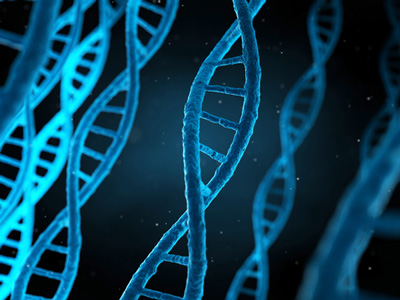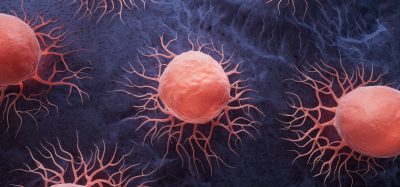Novel based editors developed
Posted: 4 September 2023 | Drug Target Review | No comments yet
Researchers have developed a novel based CRISPR-free base editing system named CyDENT, which enables precise base editing.


In a study published in Nature Biotechnology, GAO Caixia’s team at the Institute of Genetics and Developmental Biology (IGDB) of the Chinese Academy of Sciences, in collaboration with researchers at Qi Biodesign, has introduced a novel, CRISPR-free base editing system named CyDENT. This breakthrough method enables precise base editing within the nuclei, mitochondria, and chloroplast genomes of both plant and human cells.
Genome editing has revolutionised the field of life sciences by providing an efficient means to precisely modify genetic information in living organisms. In recent years, base editing technology has further enhanced the precision and predictability of genome editing.
The development of base editing was pioneered by David Liu’s lab at the Broad Institute and Harvard University. They achieved this by merging a nickase Cas9 with single-strand DNA-specific deaminases, leading to the creation of cytosine base editor (CBE) and adenine base editor (ABE) systems. These systems allow for efficient conversions of C·G-to-T·A or A·T-to-G·C bases in the nuclear genome. Subsequently, they harnessed a newly identified dsDNA-specific deaminase, DddAtox, to develop DdCBE, which facilitates efficient C·G-to-T·A editing in organellar genomes. Jin-Soo Kim’s lab further built upon this to create TALED, enabling A·T-to-G·C base editing in mitochondrial genomes.
However, the use of DddAtox in DdCBE and TALED systems introduced unintended off-target edits due to its dsDNA deamination properties. Recently, WEI Wensheng’s team at Peking University developed mitoBEs, which are DddAtox-independent base editors, improving the precision of mitochondrial base editing.
According to GAO’s study, CyDENT comprises a pair of TALEs fused to a FokI nickase, a single-strand specific cytidine deaminase, an exonuclease, and an uracil glycosylase inhibitor peptide. The process begins with the nickase creating nicks in the target DNA strand guided by TALEs. Subsequently, the exonuclease recognizes and digests the nicked DNA strand, exposing a short single-strand DNA fragment that serves as a substrate for single-strand DNA-specific deamination.
This unique strategy allows for editing of single-strand DNA without the need for a Cas9-guided R-loop structure, effectively eliminating the involvement of dsDNA deaminases. Importantly, the entire CyDENT complex is devoid of RNA, enabling strand-specific base editing in both nuclear and organellar genomes.
The researchers conducted evaluations of CyDENT base editing in rice protoplasts, targeting nuclear and chloroplast sites, as well as in HEK293T cells, targeting mitochondrial sites. They demonstrated effective base editing, achieving editing efficiencies of nearly 40 percent in the mitochondrial genome with a high degree of strand specificity. Additionally, they successfully edited TC or GC motifs using newly developed ssDNA deaminases from the same research groups, highlighting the flexibility and modularity of the CyDENT system.
The advancement of CyDENT base editors expands the toolbox of precision genome editing technologies for both nuclear and organelle genome editing, facilitating improved genetic designs. This development holds great promise across various research domains, including the treatment of genetic diseases, the development of sustainable agricultural varieties, and the engineering of diverse microbiomes.
Related topics
Genome Editing, Genomics
Related organisations
Broad Institute and Harvard University, Chinese Academy of Sciences (CAS)







